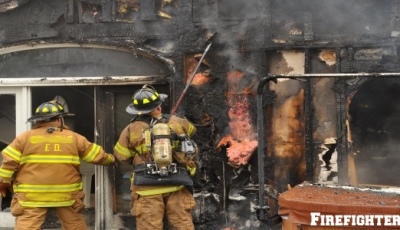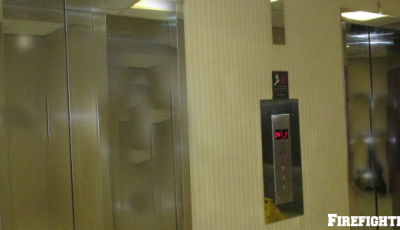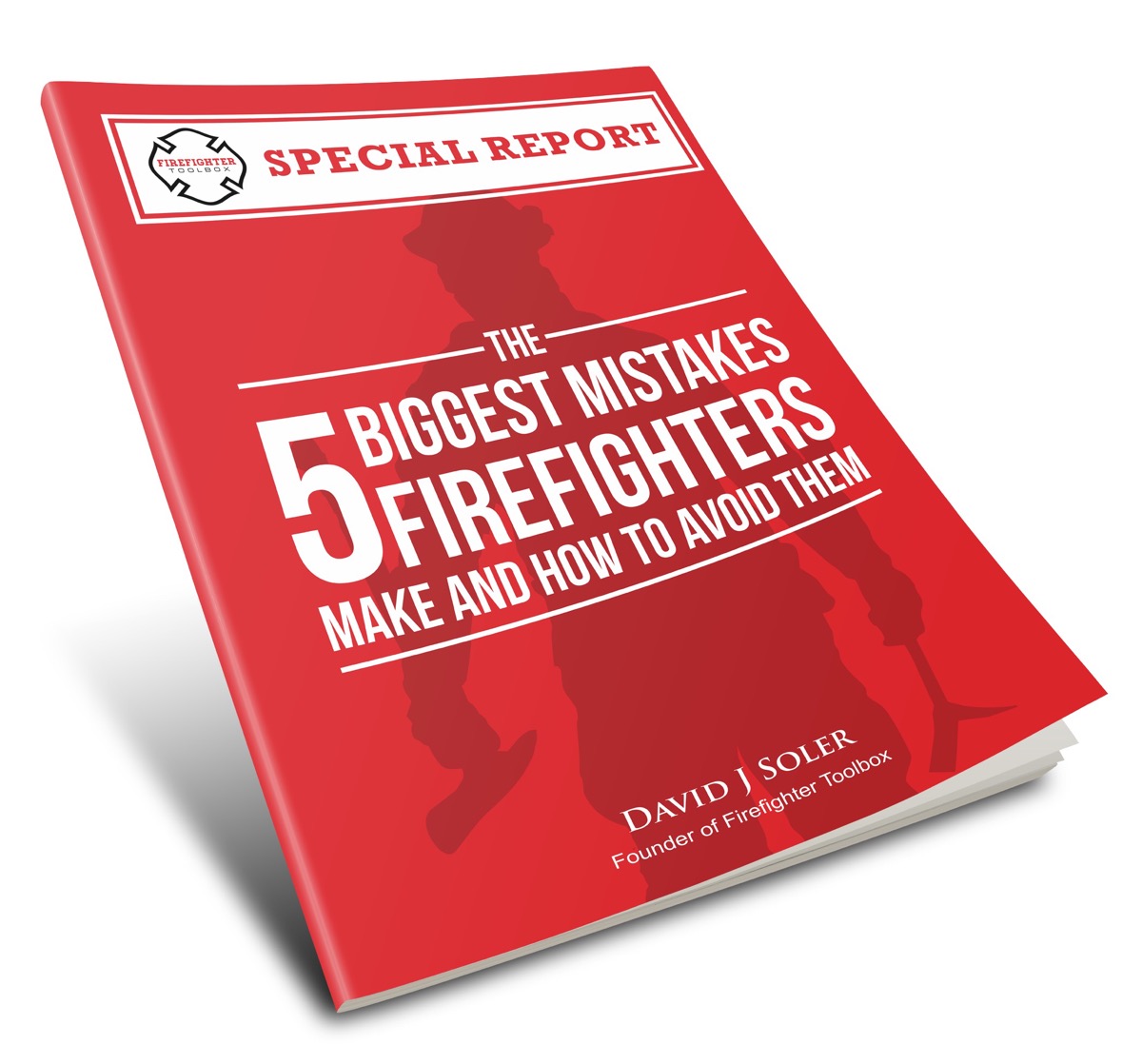How to be an Effective Outside Vent (OV) Firefighter – Part 2
Part 1 described what an outside vent firefighter is and the tools required for performing ventilation. Now let’s move onto what we need to look out for.
Size Up
A proper size up is an important role that all members of a company should conduct on arrival. For the outside vent firefighter, this plays an additional role. In many instances the OV will be the first firefighter to “loop” the building on arrival. He will possibly provide the incident commander with his first information on what is going on in the rear of the fire building. If they are operating in conjunction with a roof position firefighter one can begin their loop on the left side of the building while the other begins on the right side.
They can meet in the rear and conduct a face to face exchange of information and radio back to the incident commander their findings. If appropriate, they can go to work at this point. As the OV, you will want to pay attention and transmit back the incident commander some particular information…
•What time of day or night is this? Where are possible victims located?
•Is there a change of grade, or a change in the number of stories in the rear?
•Does the rear of the building contain any additions or setbacks not visible from the front of the building?
•Read the smoke coming from the building. Is it turbulent or under pressure? What color is it? This will be of particular importance to you if you decide to VES this building by yourself.
•Where is the fire located?
•Do you have with you a correct size ladder to do your job?
•Are there windows or doors that will allow you to gain access or vent at all?
•Has the fire self vented itself? Is it auto exposing any areas?
•Can you operate alone or will you require additional manpower?
Reading Fire and Smoke Conditions
The ability to size up fire and smoke conditions is a necessary skill of the OV. You need to make a decisions based upon what you see. Some of the things you need to look out for are…
•Do you have enough time to VES a room?
•Will you be operating directly over the fire area without the protection of a hand line?
•Do you see “angry smoke” possibly warning you of an impending flashover?
•Do you have the ability to read the smoke to determine the extent and location of the fire if there is none showing?
When To Vent
The internet is abounding with videos that will show you what happens when ventilation is done before a hose line is put into operation. Most of them are senseless in the fact that someone just went around and randomly took windows, then stood back and look astonished that they suddenly have a huge fireball coming from the building. Sadly, sometimes these actions are taken with brothers and sisters inside of the building operating.
Scenes like this are easily prevented; we can prevent this by using simple communication. There is nothing wrong with getting yourself set up to vent. You might have to properly place and climb a ladder. Maybe you need to ascend a ladder onto a set back or extension or a lower part of a roof. Actual ventilation should be held off until you have one of these two things in place…
•You have verbal confirmation from the engine officer that his line is indeed in operation, making progress and is calling for ventilation.
•Or you can actually hear the line operating inside the room and you have visible steam conversion.
Many will argue that if you hear the line operating you can vent. However, there stands a chance (I know because this happened to me) that the line operating inside is not appropriate for the fire conditions. You can hear them flowing water, but the line is having little to no impact on actual fire conditions.
If you take the windows, you are essentially giving the fire even more oxygen and now it’s off to the races.
So far I have thrown a tremendous amount of information at you. Next we will get into going to work as the OV. If you have anything you would like to add to the conversation, please leave it in the comments section.
Photo Courtesy Steve Silverman










